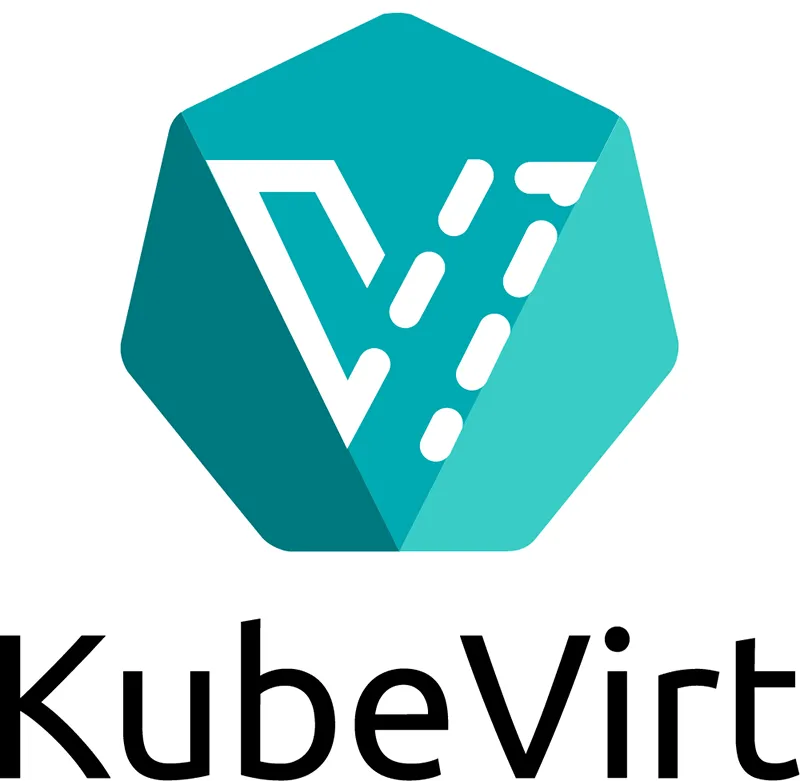Introduction
VMware has been the dominant force in enterprise virtualization for decades, offering a robust and scalable platform for IT infrastructure. However, significant industry shifts—including rising licensing costs, vendor lock-in, and changes following Broadcom’s acquisition of VMware—have led many organizations to explore alternatives. As enterprises look for cost-effective, flexible, and future-proof solutions, migrating from VMware to modern platforms like OpenStack, OpenNebula, oVirt, KubeVirt, and public cloud services (AWS, Azure, GCP, Alibaba Cloud) has become an increasingly viable option.
This article provides IT leaders with a comprehensive understanding of why migration is necessary, the advantages and challenges of each alternative, and key considerations for a successful migration process.


Top reasons to move away from VMware
1. Rising costs and licensing changes
The shift to a subscription-based model and increasing licensing fees have put financial pressure on enterprises using VMware. Today, many organizations are reassessing their budgets and exploring cost-effective alternatives that offer similar or superior capabilities without the hefty price tag.
2. Vendor lock-in and reduced flexibility
VMware’s proprietary ecosystem limits flexibility and integration with emerging open-source and cloud-native technologies. Enterprises seeking greater control over their infrastructure and avoiding vendor dependency actively consider open alternatives.
3. Hybrid and multi-cloud adoption
As businesses increasingly rely on a mix of on-premises infrastructure and private/public cloud services, hybrid and multi-cloud strategies have become essential for flexibility and scalability. Enterprises need solutions that seamlessly integrate with major public cloud providers like AWS, Microsoft Azure, and Google Cloud Platform and private clouds based on KVM, allowing them to distribute workloads efficiently across different environments.
While VMware offers hybrid cloud capabilities, many alternative platforms provide greater flexibility, cost advantages, and native multi-cloud support, enabling organizations to optimize performance, reduce vendor dependency, and enhance disaster recovery options.
4. Need for cloud-native and Kubernetes integration
Modern IT strategies prioritize containerization and Kubernetes for efficiently managing workloads. While VMware offers Kubernetes support through Tanzu, its implementation can be complex, requiring additional licensing, management overhead, and integration efforts. Many enterprises find these challenges and high costs barriers to adoption. As a result, they are increasingly exploring KubeVirt and other cloud platforms that provide cloud-native Kubernetes solutions with fewer dependencies and lower operational complexity.
Simplify your VMware migration – get a free consultation!
Thank you for your request!
We will be in touch soon.
We respect your privacy. See our Privacy Policy. You can unsubscribe at any time.
Choosing the right alternative: Comparison of modern platforms (starting with private cloud solutions)
1. OpenStack: The leading open-source cloud platform
OpenStack is one of the most widely adopted open-source cloud computing platforms, providing infrastructure-as-a-service (IaaS) capabilities for private and public environments. Enterprises and service providers use it to manage compute, storage, and networking resources at scale.
Pros:
- Fully open source, eliminating vendor lock-in
- Scalable and suitable for large enterprises and private cloud deployments
- Strong support for multi-cloud and hybrid environments
- A rich ecosystem with extensive networking and storage options
Cons:
- Deployment and management require skilled personnel
- Configuration and maintenance can be complex
- Optimizing performance may need additional fine-tuning
Best for: Businesses that need a highly scalable private cloud solution with extensive customization options and the freedom of open-source technology. As a good choice, better use vendor solutions like Red Hat OpenStack or Mirantis to mitigate Cons.
2. OpenNebula: Lightweight and easy-to-deploy private cloud
OpenNebula is an open-source cloud and virtualization management platform designed for simplicity and efficiency. It is particularly popular among small and mid-sized enterprises seeking an easy-to-deploy private cloud solution with hybrid cloud capabilities.
Pros:
- Simple deployment with lower management overhead compared to OpenStack
- Strong support for both virtual machines and containers
- Built-in hybrid cloud capabilities (AWS, Azure, Google Cloud)
- Cost-effective alternative for SMEs and mid-sized businesses
Cons:
- Smaller community and fewer enterprise-grade features compared to OpenStack
- Limited scalability for extensive cloud deployments
Best for: Businesses that need a simple, efficient private cloud solution that’s easy to manage and integrates seamlessly with hybrid cloud environments.
3. oVirt: Enterprise virtualization alternative
oVirt is an open-source virtualization platform built on KVM (Kernel-based Virtual Machine) technology. It provides enterprise-level virtualization management and is often considered a direct alternative to VMware for traditional virtualized environments.
Pros:
- Eliminates licensing fees with an open-source model
- Integrates seamlessly with Red Hat ecosystems (RHEL, CentOS, Fedora)
- Provides advanced virtualization features comparable to VMware
- Offers a more straightforward deployment process compared to OpenStack
Cons:
- Lacks comprehensive cloud-native features and container support
- Needs integration with additional tools to create a full cloud solution
- Has a smaller ecosystem and community compared to OpenStack
Best for: Companies that need a reliable alternative to VMware for traditional virtualization without the complexity of cloud-native environments.

4. KubeVirt: Virtual machines in a Kubernetes environment
KubeVirt is an open-source extension for Kubernetes that enables the deployment and management of virtual machines within a Kubernetes cluster. It is designed for organizations looking to run both containerized and virtualized workloads seamlessly in a cloud-native environment.
Pros:
- Allows seamless VM deployment within Kubernetes
- Supports businesses shifting from VMs to containerized environments
- Integrates natively with Kubernetes for cloud-native workloads
- Provides an open-source, cost-effective solution
Cons:
- Lacks the full virtualization capabilities of VMware or OpenStack
- Works best for organizations with existing Kubernetes infrastructure
- Demands expertise in Kubernetes management and operations
Best for: Companies prioritizing Kubernetes as their core infrastructure while still needing to support legacy virtual machines.

5. Public cloud services: AWS, MS Azure, Google Cloud Platform (GCP), Alibaba Cloud
Public cloud platforms like AWS, Microsoft Azure, GCP, and Alibaba Cloud provide fully managed infrastructure services, enabling organizations to scale their workloads globally. These platforms offer pay-as-you-go pricing, high availability, and a vast ecosystem of cloud-native tools and services.
Pros:
- Fully managed infrastructure with high scalability
- Pay-as-you-go pricing reduces upfront investment
- Strong ecosystem of cloud-native services
- Seamless disaster recovery and global availability
Cons:
- Higher operational costs over time compared to private cloud
- Vendor lock-in risks with proprietary cloud services
- Only basic support if it’s not paid separately
- US dominance
Best for: Businesses that need a highly scalable infrastructure with fully managed services and a strong focus on cloud-native workloads.
Migrate from VMware without downtime – contact us!
Thank you for your request!
We will be in touch soon.
We respect your privacy. See our Privacy Policy. You can unsubscribe at any time.
Explore key considerations when migrating from VMware, including workload assessment, platform selection, networking, security measures, and more in our article: Migrating from VMware to modern platforms: The need, requirements, and considerations.
Conclusion
Businesses seeking cost efficiency, flexibility, and cloud-native capabilities must migrate from the VMware platform. The right alternative depends on specific needs: OpenStack for private cloud, OpenNebula for lightweight management, oVirt for traditional virtualization, KubeVirt for Kubernetes-managed VMs, or public clouds for scalability.
With the right migration strategy and proper planning and execution, companies can optimize costs and performance while ensuring a smooth transition. Whether transitioning to open-source solutions or leveraging the public cloud, aligning your choice with your business objectives and technical capabilities is key.
Hystax is a trusted expert in IT infrastructure transformation. We specialize in cloud migration, disaster recovery, and backup. Our fully automated solution, Hystax Acura, helps businesses seamlessly migrate their workloads to any cloud or virtualization platform while ensuring minimal downtime and operational continuity. With Hystax Acura, companies can achieve reliable, secure, and efficient migration from VMware to OpenStack, oVirt, or other KVM-based private clouds, KubeVirt, public clouds, or any preferred environment without operational disruption.
Hystax provides a reliable solution for VMware to OpenStack migration, ensuring an efficient and fully automated transition with minimal downtime. With the Hystax Acura platform, businesses can smoothly migrate to OpenStack or other modern environments while maintaining operational continuity.

